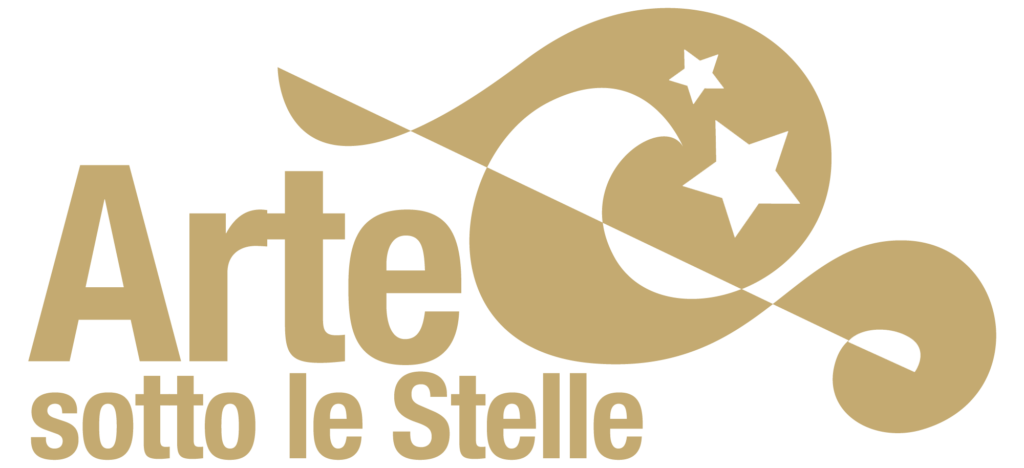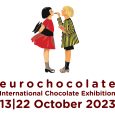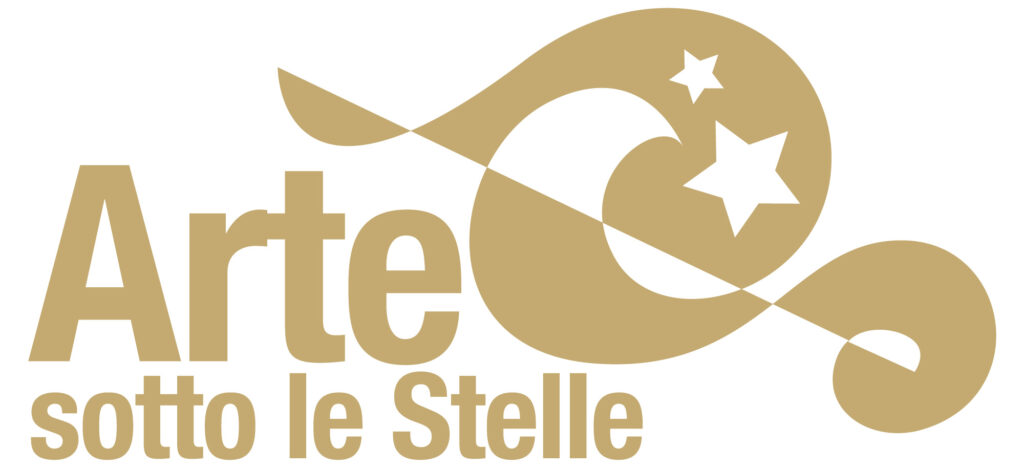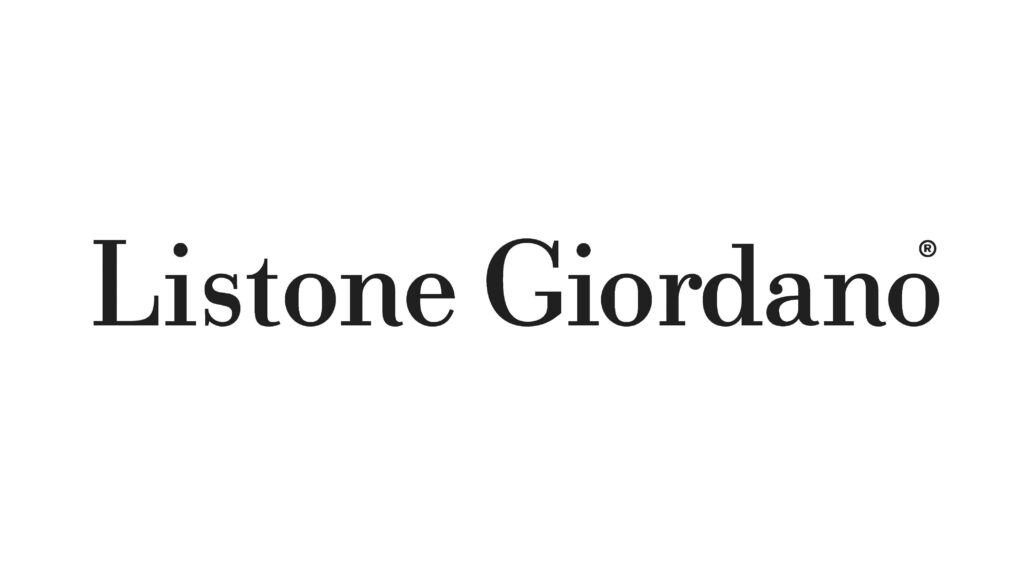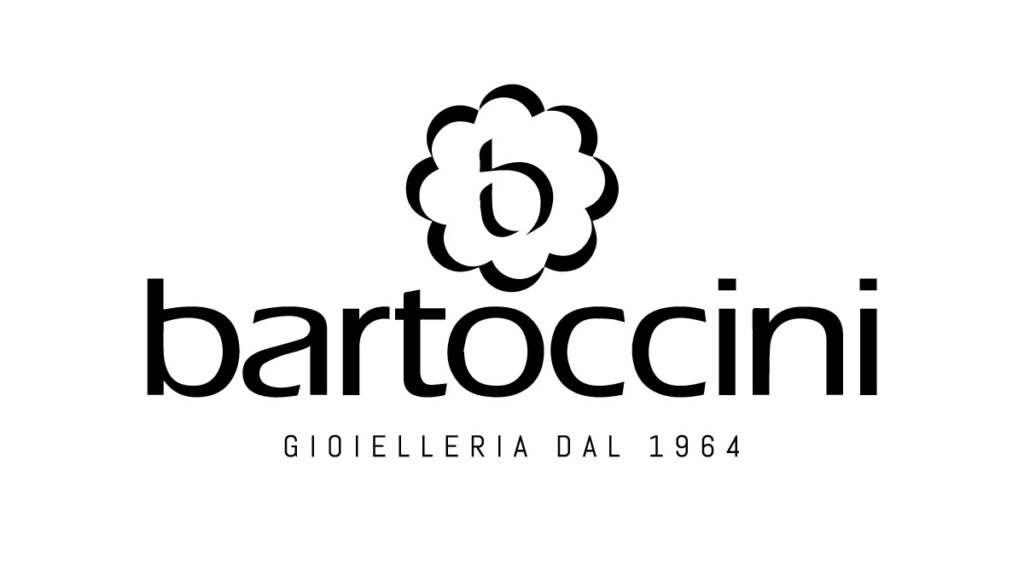Quattro nudi maschili – National Gallery of Scotland – Edimburgo
Il frammento è infatti evidentemente ritagliato e raffigura quattro uomini nudi, ad eccezione per un leggerissimo velo morbidamente adagiato sui fianchi dei tre più a sinistra. La costruzione dei personaggi segue gli ideali della statuaria classica: i corpi sono infatti scultorei e perfetti, mentre le pose restituiscono una sensazione di armoniosa leggiadria.
Le figure non sono identificabili, ma la nudità dei protagonisti ed il contesto dove la scena è ambientata lasciano pensare che si tratti di un’epoca antica.
L’architettura presenta infatti uno stile classicheggiante: all’estremità destra della tavola, subito dietro il personaggio ripreso di spalle, troviamo un pilastro in porfido rosso, riccamente decorato con motivi a grottesca; il pavimento invece, scorciato prospetticamente verso il punto di fuga (esterno rispetto allo spazio del frammento che ci rimane), è decorato da riquadri entro i quali si aprono degli ottagoni che incorniciano dei quadrati. Sul retro, oltre una bassa balaustra, si staglia un paesaggio collinare decorato da fronde erbose.
Dopo vari passaggi collezionistici, la tela è attualmente conservata alla National Gallery of Scotland di Edimburgo.


